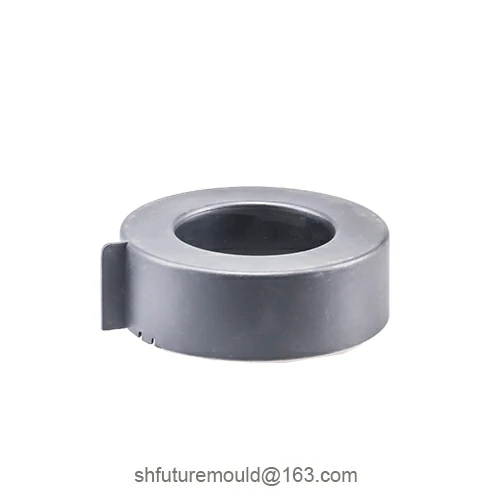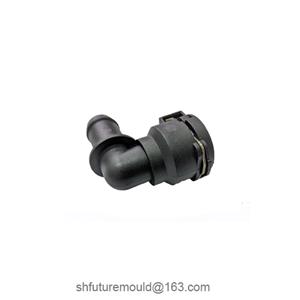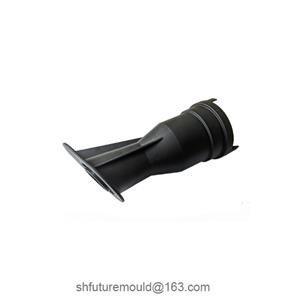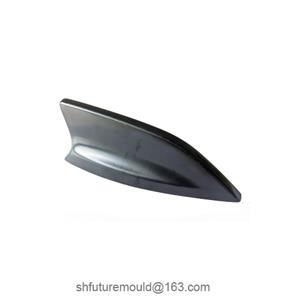Guarantee Plastic Perfection: Injection Mold Quality Control Guide
Why Quality Control Matters
Maintaining quality control in injection molding isn't just about aesthetics; it safeguards functionality, safety, and production efficiency. Here's how:
Flawless Functionality: Consistent dimensional accuracy ensures parts fit together seamlessly and function as intended.
Enhanced Safety: Defects like weak spots or uneven surfaces can compromise product integrity, posing safety risks.
Reduced Waste: Early detection of quality issues minimizes the production of unusable parts, saving time and material.
The Four Stages of Injection Mold Quality Control
A comprehensive quality control strategy spans the entire injection molding lifecycle, encompassing four crucial stages:
Design for Manufacturability (DFM): Integrate quality into the design phase. DFM considers factors like wall thickness, draft angles, and gate location to prevent potential issues during molding.
Mold and Pre-Production Inspection: Before production commences, meticulously inspect the mold for any imperfections, surface irregularities, or dimensional discrepancies.
In-Process Quality Control: During production, continuously monitor critical parameters like injection pressure, melt temperature, and cycle time. Statistical Process Control (SPC) techniques can help identify and address variations before defects arise.
Final Inspection: Once parts are produced, conduct thorough inspections using visual checks, dimensional gauging, and potentially advanced techniques like Coordinate Measuring Machines (CMMs) or Computer Tomography (CT) scanning for complex geometries or internal defects.
Common Injection Molding Defects and How to Prevent Them
Several defects can arise during injection molding, but proactive quality control measures can significantly reduce their occurrence. Here are some common issues and their preventive strategies:
Flow Lines/Weld Lines: These visible lines indicate areas where molten plastic flows together. Optimizing mold design, injection parameters, and material selection can minimize their appearance.
Sink Marks: These depressions occur in thicker sections of the part. Adjusting process parameters like cooling time or using techniques like rib design can help prevent them.
Short Shots: Incomplete parts result from insufficient material filling the mold cavity. Fine-tuning injection pressure, speed, and material viscosity can address this issue.
- Injection Mold
- Automotive Injection Mold
- Electronics & Electrical Injection Mold
- Consumer Goods Injection Mold
- Airplane Components Injection Mold
- Medical Components Injection Mold
- Irrigation Components Injection Mold
- Injection Molds




